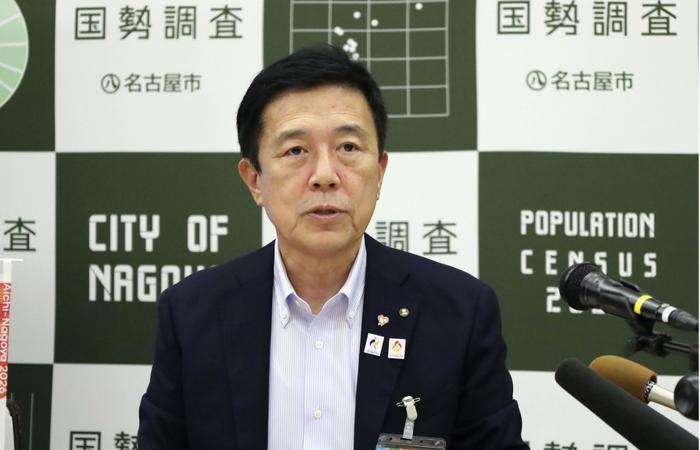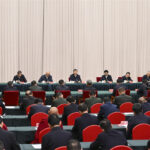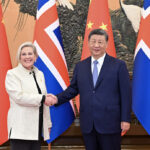On August 4 local time, Nagoya Mayor Ichiro Hirozawa expressed his desire to resume exchanges with Nanjing, China, a sister city of Nagoya, during a press conference.
In 2012, then-Mayor Takashi Kawamura made remarks denying the Nanjing Massacre, which drew protests from China. Official exchanges between the two cities have been suspended since then.
Hirozawa stated at the press conference, “We hope to resume exchanges as soon as possible and will work earnestly toward this goal.”
According to Nagoya city officials, a cross-party organization called the “Nagoya City Councilors’ League for Promoting Japan-China Sister City Exchanges” is advancing the initiative.
Nagoya
Nagoya is a major city in Japan’s Chubu region, known for its industrial heritage and modern urban landscape. It is home to historic sites like Nagoya Castle, built in 1612 by the Tokugawa shogunate, and the Atsuta Shrine, which dates back over 1,900 years and houses a sacred sword, one of Japan’s imperial regalia. Today, Nagoya is a hub for technology and manufacturing, with attractions such as the Toyota Museum highlighting its economic significance.
Nanjing
Nanjing, the capital of China’s Jiangsu Province, is a historic city with over 2,500 years of history, serving as the capital of several dynasties, including the Ming Dynasty (1368–1644). It is renowned for cultural landmarks like the Sun Yat-sen Mausoleum, the Ming Xiaoling Mausoleum, and the Nanjing Massacre Memorial, reflecting its rich heritage and wartime history. Situated along the Yangtze River, Nanjing remains a major political, economic, and educational center in eastern China.
Nanjing Massacre
The Nanjing Massacre (1937–1938) was a horrific atrocity committed by the Imperial Japanese Army during the Second Sino-Japanese War, in which an estimated 300,000 Chinese civilians and disarmed soldiers were killed, and widespread rape and looting occurred. The event is memorialized at the Nanjing Massacre Memorial Hall in China, which serves as a site of remembrance and education about the brutality of war. Today, it stands as a powerful symbol of the importance of peace and historical reflection.




